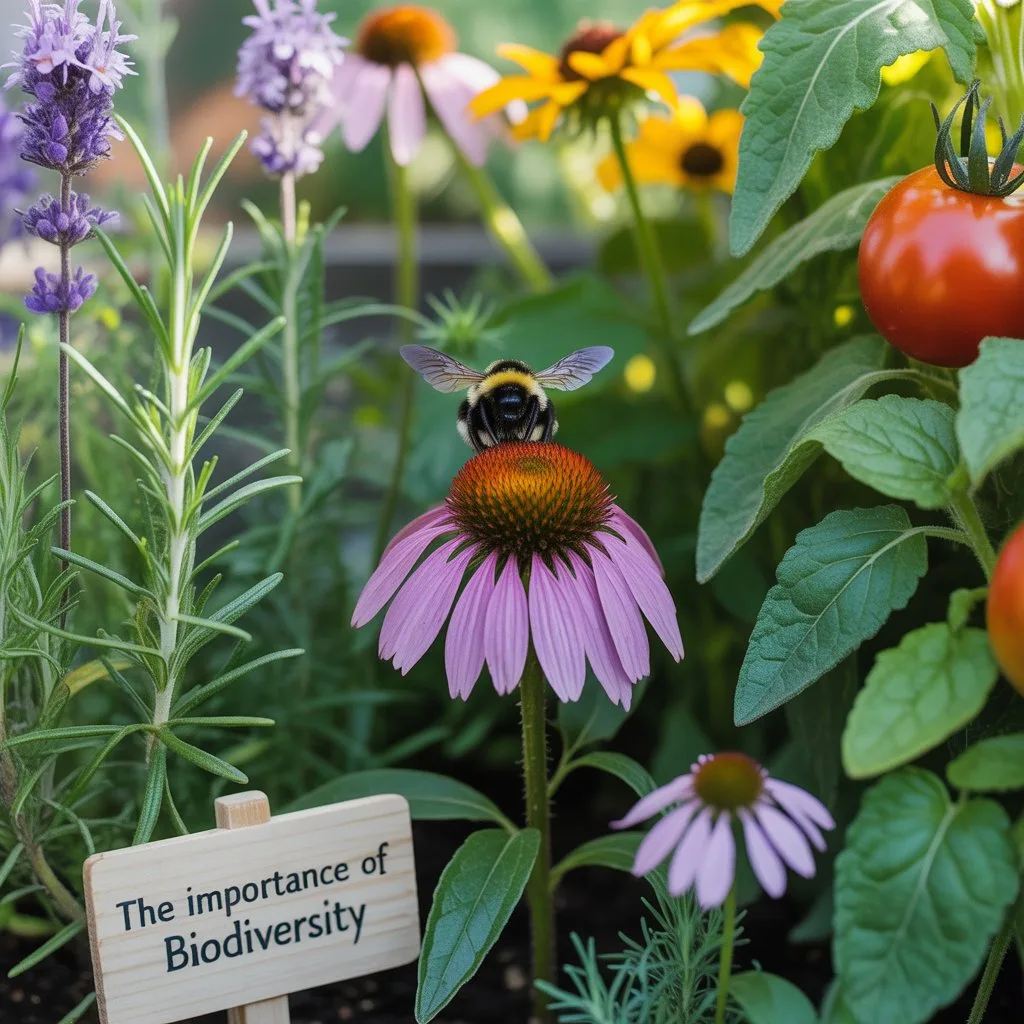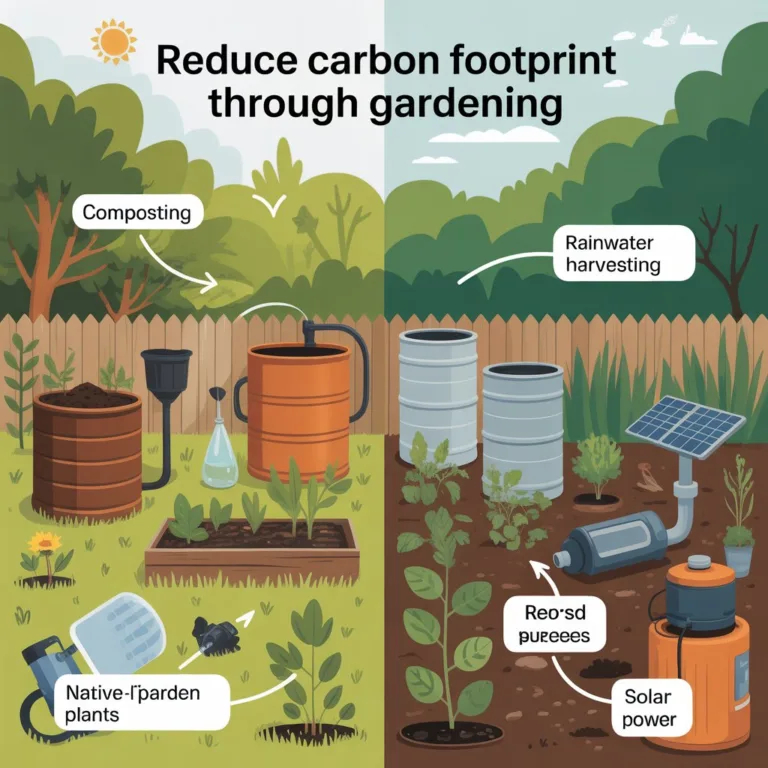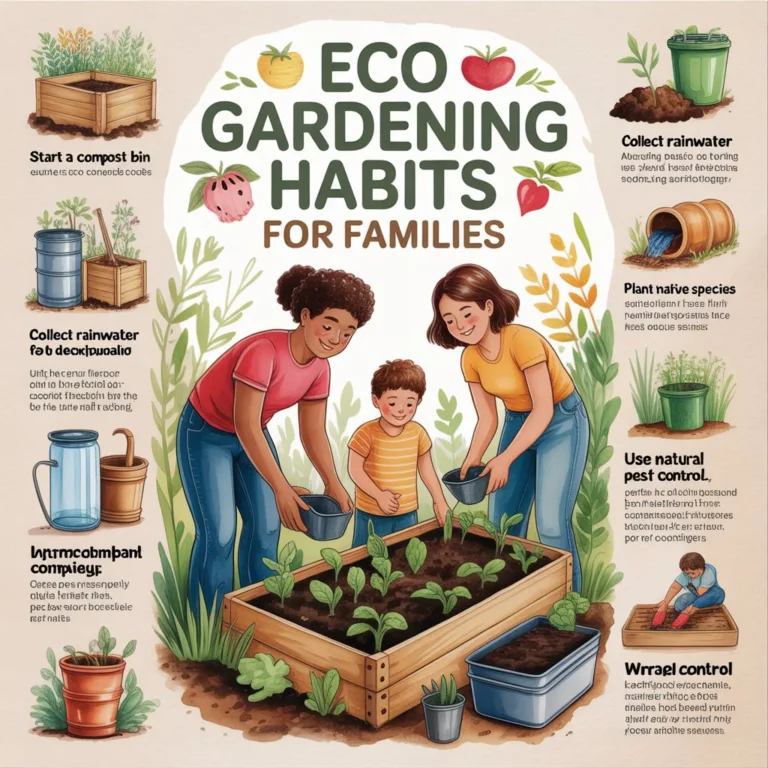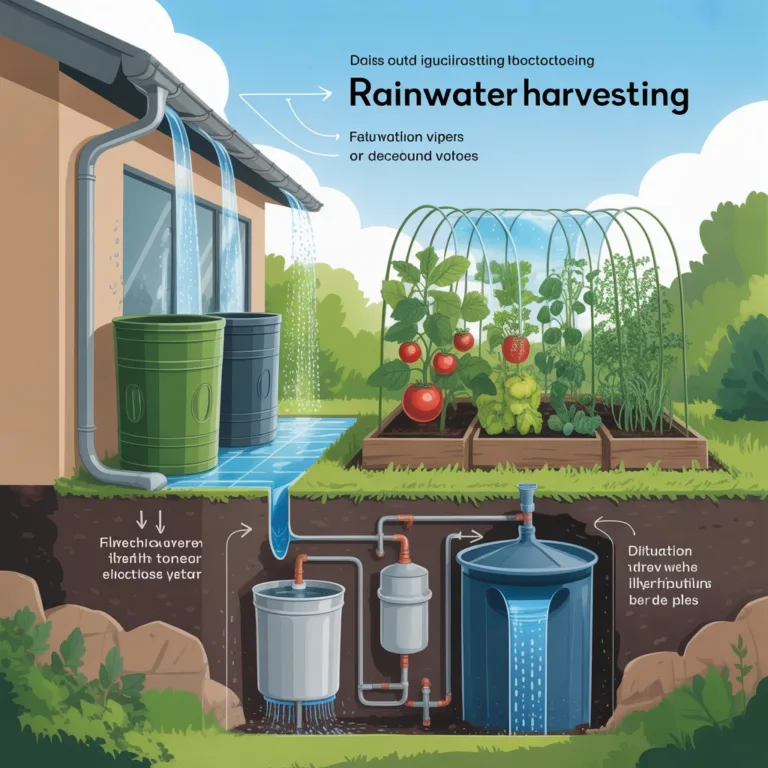Even the smallest garden can play a vital role in supporting biodiversity. Whether it’s a backyard, balcony, or community plot, every green space has the potential to become a thriving ecosystem. Understanding the importance of biodiversity in small gardens helps us see how individual efforts contribute to a healthier planet — one flower, insect, and patch of soil at a time.

Understanding Biodiversity in Gardens
Biodiversity refers to the variety of living organisms — plants, animals, fungi, and microorganisms — that coexist within an environment. In the context of a garden, this means creating a balanced mix of species that support one another through natural interactions.
A biodiverse garden is alive with activity: pollinators visiting flowers, earthworms enriching the soil, and birds feeding on insects. This natural balance reduces the need for chemical fertilizers and pesticides, making the garden more resilient to pests, disease, and changing weather patterns.
Even small gardens can host surprising diversity. A single square meter of healthy soil can contain thousands of microorganisms, while a mix of flowering plants can attract dozens of pollinator species.
Why Biodiversity Matters in Small Spaces
Encouraging biodiversity in small gardens brings ecological and personal benefits.
- Healthier plants: Diverse plant species protect each other by attracting beneficial insects that control pests naturally.
- Improved soil quality: Microbes, worms, and fungi decompose organic matter, enriching the soil and promoting sustainable growth.
- Pollination support: Bees, butterflies, and other insects ensure fruiting and seed production, crucial for both gardens and local ecosystems.
- Climate resilience: A variety of plants helps the garden adapt to environmental stress like heat, drought, or heavy rain.
Beyond the science, biodiversity creates beauty and balance. A mix of textures, colors, and sounds — from buzzing bees to rustling leaves — turns a small garden into a calming, restorative space.
Choosing Plants that Encourage Diversity
Selecting the right plants is the foundation of a biodiverse garden. Aim for a blend of native species, perennials, and plants that flower at different times of the year. Native plants, in particular, are well-adapted to local conditions and provide food and shelter for regional wildlife.
Some excellent options for biodiversity include:
- Wildflowers like lavender, echinacea, and cosmos for pollinators.
- Herbs such as basil, thyme, and mint, which attract bees and butterflies.
- Shrubs and small trees like hawthorn or elderberry to shelter birds and insects.
Avoid monocultures — areas dominated by one type of plant — as they tend to attract specific pests and reduce soil health over time. Variety brings stability.
Creating Habitats for Wildlife
A small garden can become a sanctuary for wildlife with just a few thoughtful touches. Add features that provide shelter, water, and food for various species.
- Log piles or leaf corners give insects and hedgehogs a place to hide.
- A shallow water dish or birdbath attracts birds, bees, and butterflies.
- Climbing plants and hedges offer nesting sites and protection.
If you’re short on space, even potted plants or vertical gardens can help. Balconies and terraces can support hanging flowers that draw pollinators, while window boxes filled with herbs can feed both people and insects.
Small actions like leaving a patch of grass uncut or letting wildflowers bloom naturally can make a noticeable difference.
Gardening Without Chemicals
One of the most effective ways to promote biodiversity is to avoid synthetic pesticides and fertilizers. These chemicals may control pests quickly but often harm beneficial insects and pollute the soil and water.
Instead, try eco-friendly methods:
- Compost kitchen scraps to create natural fertilizer.
- Use companion planting — for instance, growing marigolds near vegetables to deter aphids.
- Introduce beneficial insects like ladybugs and lacewings to control pest populations.
This approach not only protects biodiversity but also builds a self-sustaining garden that requires less maintenance over time.
Encouraging Seasonal Variety
Biodiversity thrives on change. By planning for all four seasons, you ensure that your garden supports wildlife year-round.
- Spring: Early bloomers like crocus and snowdrops provide nectar for awakening pollinators.
- Summer: Bright flowers and leafy shrubs attract butterflies and bees in abundance.
- Autumn: Seed heads and berries feed birds preparing for winter.
- Winter: Evergreen plants and mulch offer shelter and food for overwintering species.
This continuous cycle keeps the ecosystem active and balanced, even when the weather turns cold.
How Small Gardens Contribute to Global Biodiversity
When viewed individually, a single small garden may seem insignificant — but collectively, these spaces form a powerful network. Urban gardens, balconies, and community plots act as stepping stones for wildlife moving through developed areas.
They also support pollinator populations vital to agriculture and help mitigate urban heat by increasing green coverage. Every plant you grow and every insect you protect plays a part in restoring ecological balance.
Encouraging biodiversity in small gardens shows that sustainability doesn’t require vast resources. It simply calls for awareness and care in how we cultivate our surroundings.
Growing with Nature
The importance of biodiversity in small gardens goes beyond aesthetics — it’s a commitment to coexistence with nature. Each decision, from the plants you choose to how you manage soil and water, shapes a living ecosystem that benefits both you and the planet.
A thriving, biodiverse garden teaches patience, observation, and respect for natural cycles. Start small, stay consistent, and enjoy the reward of knowing your green space contributes to a larger, more sustainable world.

Sofia Greenfield is a sustainable gardening expert and environmental educator who inspires families and urban gardeners to cultivate green spaces responsibly. She shares practical tips on growing vegetables, herbs, and flowers using eco-friendly and recycled materials, emphasizing the joy of gardening while protecting the planet.



